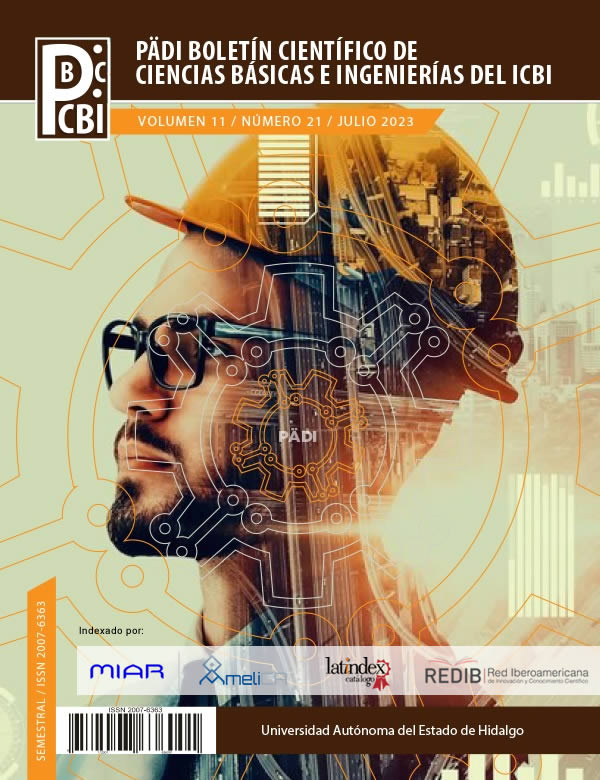ARIMA models for the systematic analysis of cryptocurrencies
Abstract
An ARIMA analysis of the time series corresponding to the performance of Bitcoin is performed. For this, the R software is used. A comparative study of different ARIMA models is made to model the performance behavior of Bitcoin in the period from January 1, 2020 to December 31, 2020. Finally, an analysis is carried out of goodness of fit to check which of the models best reproduces the reported data.
Downloads
References
Alahmari, S. A. (2019). Using machine learning arima to predict the price of cryptocurrencies. ISC Int. J. Inf. Secur., pp. 139–144.
Bakar, N. A. y Rosbi, s. (2017). Autoregressive integrated moving average (arima) model for forecasting cryptocurrency exchange rate in high volatility environment: A new insight of bitcointransaction. International Journal of Advanced Engineering Research and Science, pp. 130–137.
Bitstamp (2020). Cryptodatadownload. Consultado el 15 de diciembre de 2022, en https://www.cryptodatadownload.com/data/bitstamp/.
INEGI (2022). Empleo y ocupación: Población económicamente activa. Consultado el 10 de diciembre de 2022, en
https://www.inegi.org.mx/temas/empleo/.
Levendis, J. (2019). Time Series Econometrics. Springer, New York.
Roy, S., Nanjiba, S., y Chakrabarty, A. (2018). Bitcoin price forecasting using time series analysis. 2018 21st International Conference of Computer and Information Technology (ICCIT), pp. 1–5.
Copyright (c) 2023 Guillermo Vital-Godinez, Jorge Quiterio-Romero, Pedro Amado Miranda-Romagnoli , Carlos Arturo Soto-Campos

This work is licensed under a Creative Commons Attribution-NonCommercial-NoDerivatives 4.0 International License.













